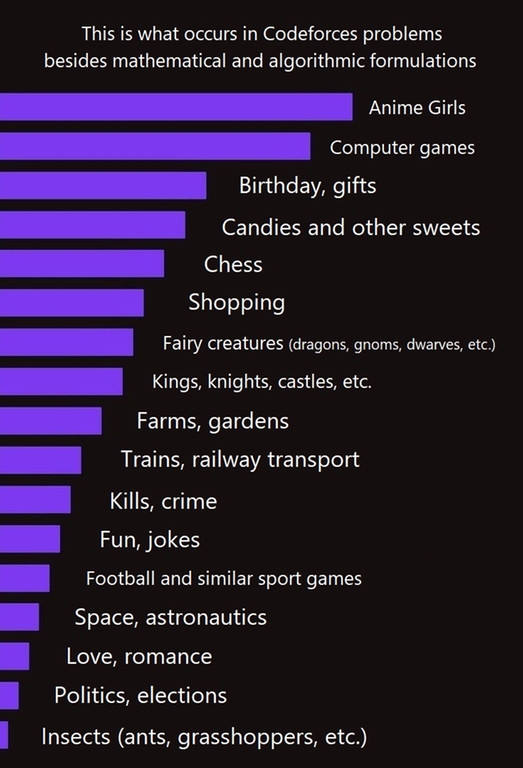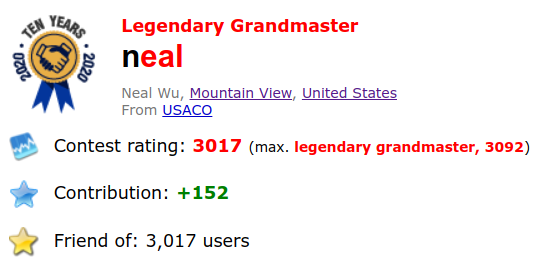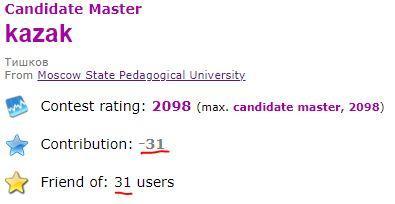
There are $$$O(\infty)$$$ different things that have mentioned in some problem statement on Codeforces and not only it. This is the top of the most interesting and common ones. Place distribution based on my observations
Thanks to creative problemsetters for so various and interesting world of competitive programming problems!












